The challenge
ABOUT CTE MISSION: CUBESAT
CTE Mission: CubeSat is a national challenge to build technical skills for careers in space and beyond. The U.S. Department of Education invited high schools to bring space missions to students by designing and building CubeSat prototypes — in the classroom or at home.
Any public school that is eligible to receive funding under the Carl D. Perkins Act of 2006, as amended by the Strengthening Career and Technical Education for the 21st Century Act (Perkins V), was invited to participate in the multiphase challenge.
The critical role of CTE
Career and Technical Education (CTE) plays an important role in developing a more competitive workforce. Technology skills are critical for success in many careers; education providers must adapt and create opportunities for applied technical learning to prepare students for 21st-century work.
Benefits of participation
Firsthand experience that builds a wide range of hireable skills.
National recognition and potential prizes for your school.
Opportunities to collaborate with local businesses and employers.
Access to curated online resources and a network of experts.
Prizes and Sponsors
Five finalists were each awarded $5,000, as well as additional in-kind prizes donated by the following organizations:
- $25,000
- 10 LEGO® MINDSTORMS® Education EV3 Core Sets
- 10 XinaBox kits
- Five Arduino kits
- Five Club for the Future Space Mail kits
- Arduino
- Blue Origin
- Chevron
- EnduroSat
- LEGO Education
- Magnitude.io
- MIT Media Lab Space Exploration Initiative
- XinaBox
Phases
Phase 1: Mission design
August – December, 2020
Teams used the resource hub, a curated collection of virtual resources, to develop and submit their mission proposals. No in-person collaboration or prior experience with CubeSats was required.
The deadline for mission proposals was 5:59 p.m. ET on Friday, October 16, 2020.
See the full list of eligible schools that submitted mission proposals.
Based on mission proposals, five finalists were selected to receive prizes and an invitation to participate in Phase 2.
Phase 2: Mission build and launch
January – May 2021
Finalists received access to expert mentorship and additional virtual resources as they built CubeSat prototypes and conducted flight events to launch their prototypes.
Following the flight events, each finalist submitted a flight report.
WHAT IS A
CUBESAT?
A cube satellite, or CubeSat, is a standardized small satellite that was invented with students in mind. This hands-on education tool can house a variety of sensors, cameras, and other instruments and can conduct a wide range of experiments (“missions”) in orbit — from identifying and tracking wild animal herds to gathering atmospheric data for weather prediction. In the process of building a CubeSat, students learn creative, collaborative, and technical skills.


